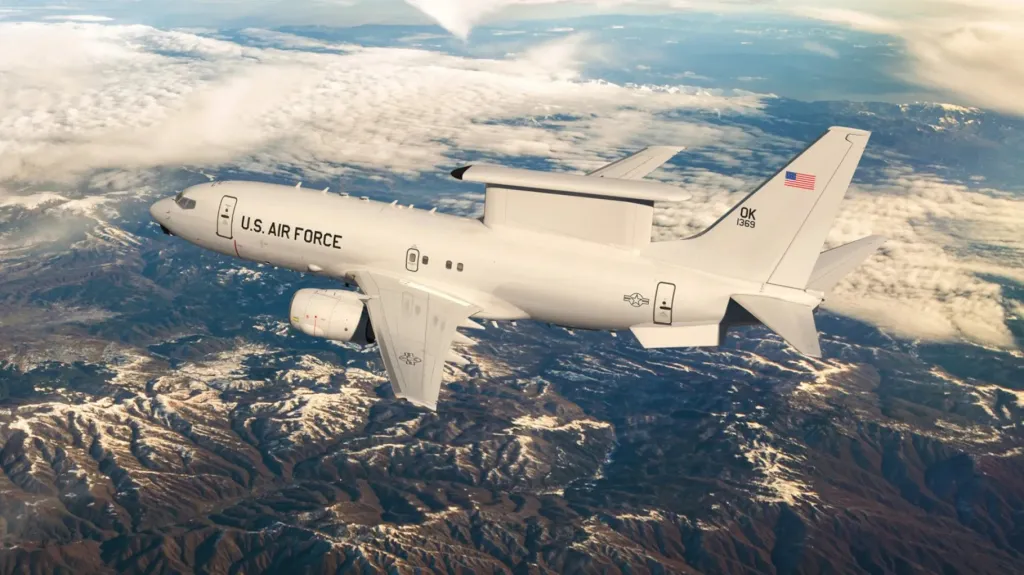I visited the ‘Dubai-alternative’ holiday resort just four hours from the UK with no jet lag and 24-hour champagne bars

FUELLED by a glass of Moet from the 24-hour champagne bar, I sleepily made my way to the resort’s palm-lined beach club, nibbling on a golden chocolate-covered strawberry as I plodded.
So far, so Dubai . . . except I am actually in Turkey at the Cullinan Belek hotel.
Which means, after a short four-hour flight from the UK, I was swept into the kind of luxury you would expect from one of the 5H properties on The Palm Jumeirah — only without the seven-hour journey, or the jet lag.
Plus, it meant I was feeling fresh enough to go from the plane to the party in minutes.
Cullinan Belek’s Galapagos beach bar was pumping as masked dancers beckoned in revellers with their flaming torches and a live DJ played Balearic-style beats.
Its troupe put on two original shows a night – one more family-friendly piece in the main auditorium and a more progressive, late-night number for the adults, like tonight’s, which took its inspiration from Moroccan belly dancers.
A waiter served me a freshly-shaken, personalised cocktail from his cart, and before long, I was dancing barefoot on the beach.
Cullinan Belek won the Luxury All-Inclusive Resort gong at the World Travel Awards in 2024, but if I needed further proof of its prestige, I found it back at our Superior Duplex room.
There’s a pillow menu, top-of-the-range tech to control lights, curtains and air, plus divine Bvlgari toiletries in the two bathrooms.
But the real treat is the swim-up infinity pool which lapped my second-floor terrace, overlooking the main resort.
A quick plunge shook off last night’s cocktails and a trip to the hotel’s C’Espace spa beckoned.
Somehow the hotel’s gym even managed to make sweating feel refined as it is among the best I’ve ever used — yes, it even beats those in Dubai.
As well as the usual equipment there is a Pilates reformer stand, yoga room, decent set-up for weight-lifters, plus even an indoor and outdoor Hyrox zone for those seeking an on-trend workout.
And if you’re after something more relaxed, I’m told the Cullinan’s golf course is the best in Belek, which has become known as the heartland for the sport with the hotel offering special packages for enthusiasts.
There are 14 sections to browse for breakfast, ranging from your standard pastries and fry-ups to Indian cuisine, Mexican breakfast burritos and a juice bar.
Instead, I signed up to play sport-of-the-moment padel — as made popular by the Princess of Wales — and was immediately hooked, as it had all the fun of tennis without as much running.
That felt like more than enough activity for one day, but it turns out another challenge lay ahead.
The Mare main restaurant is an epic buffet set-up, larger than any I’ve seen before — yes, even larger than those in Dubai.
There are 14 sections to browse for breakfast, ranging from your standard pastries and fry-ups to Indian cuisine, Mexican breakfast burritos and a juice bar.
Variety might be the spice of life, but at that hour of the day, the choice was sometimes overwhelming and the crowds and queues tricky to navigate.
Away from the throng of the buffet, though, is where the Cullinan Belek really excelled.
The resort has two Italian restaurants as well Greek, Asian, teppanyaki and a steakhouse plus a number of snack bistros, a patisserie and an in-house chocolatier. So I got to work.
In the evening, some of these carry an additional charge on top of the all-inclusive package but each time it felt worth it.
Great value
I particularly enjoyed the beef in hot sauce from Nori Asian, which, for an extra €25 per person, allows you to dine to the sounds of live music as you sit among the petal design of the Azure pool.
Meanwhile The Beef Grill puts its succulent steaks at the centre of the action, with the cuts displayed in a huge chiller spanning the length of the restaurant, and an open kitchen grill.
The real jewel in the hotel’s crown, however, is the huge water park which offers an oasis for families, alongside a football pitch, splash pool and tons of beach games…
The €55-per-person surcharge felt great value when the signature starters of Meat Sushi and Onion Blossom were prepared at our table by an intrepid server with a blow torch.
The real jewel in the hotel’s crown, however, is the huge water park which offers an oasis for families, alongside a football pitch, splash pool and tons of beach games as well as indoor bowling alley and games consoles.
The offering for children is impressive — but all the more so because these facilities somehow nestle unobtrusively alongside the chic, laidback aspects, just like at the super hotels in Dubai.
Which was ideal for me, lazing by the adults-only pool as I awaited my next cocktail from the roller-skating waitress.
If Cullinan Belek is a Dubai dupe, then honestly, who needs the real thing?
GO: TURKEY
GETTING / STAYING THERE: Seven nights’ all-inclusive plus at the 5-star Cullinan Belek is from £1,254pp including easyJet flights from London Southend to Antalya on February 26, 2026, two 23kg bags and transfers.









